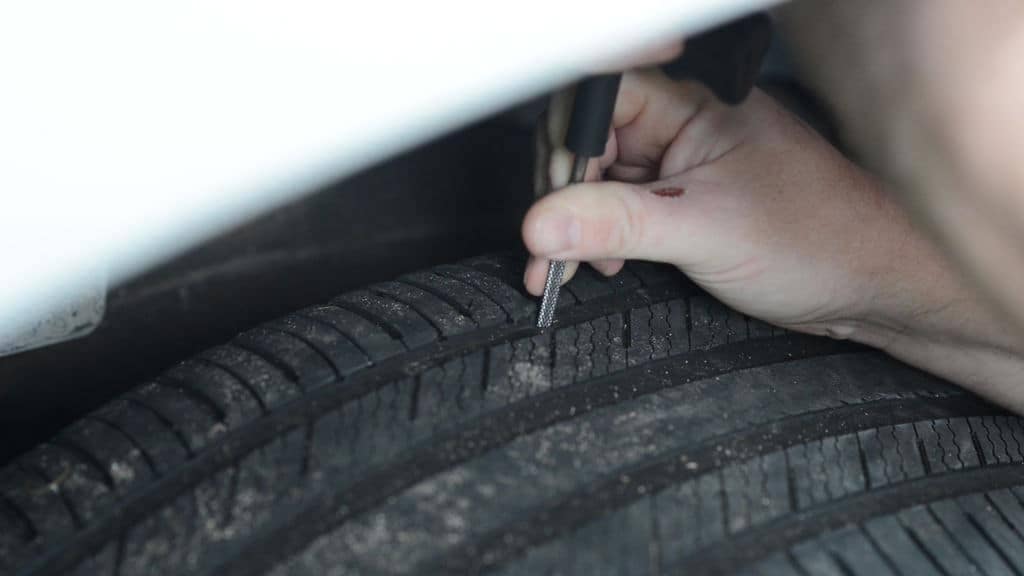You went out to your car to head to work this morning, and your tire is flat. Now what? While some tire issues can safely be repaired, in other cases the entire tire needs to be replaced. Here are the steps you should take to determine if a patch job will do the trick or if complete replacement is required.
Have It Inspected by a ProfessionalWhile the damage to your tire might seem to be a simple puncture wound, a tire repair is only safe if the damage affects only the tread. According to the Tire Industry Association, the only way to determine if the sidewall has been damaged is by removing the tire so the interior can be thoroughly inspected.
Understand the Extent of DamageIf the sidewall of the tire has been damaged, the tire will need to be replaced. If the only damage is in the tread, though, you aren’t necessarily in the clear. If the steel belt inside the tire is cut, the tire is no longer usable.
Multiple punctures that are close together or directly across from one another can’t usually be repaired, since the repairs will overlap and create an area of weakness.
Punctures larger than a quarter-inch in diameter also can’t be effectively and safely repaired. If the tire has a cut or gash, it can only be repaired if it’s less than a quarter-inch in length. If the tire is worn and has less than 2/32-inch remaining tread depth, it is unsafe to repair and must be replaced.
Get a Thorough RepairIf the tire is eligible for repair, this is a job for your mechanic. Over-the-counter tire repair kits aren’t meant to be a long-term solution, since they eventually allow water to enter through the tires and corrode the wheels.
To correctly repair a tire that’s damaged but still has some life left in it, the mechanic will remove the damaged material, fill the hole with rubber, and seal the filled area with a patch.
If the tire is eligible for repair, this is a job for your mechanic. Over-the-counter tire repair kits aren’t meant to be a long-term solution, since they eventually allow water to enter through the tires and corrode the wheels.
Over-the-counter tire repair kits aren’t meant to be a long-term solution, since they eventually allow water to enter through the tires and corrode the wheels.
To correctly repair a tire that’s damaged but still has some life left in it, the mechanic will remove the damaged material, fill the hole with rubber, and seal the filled area with a patch.
When Replacement Is NeededPunctures to the sidewall or shoulder of the tire are irreparable because these parts of the tire flex the most when in contact with the road. This elasticity will eventually cause the repair to fail, which can cause a dangerous blowout. The only safe action in this case is replacement.
In some cases, tires are damaged by being driven on when they are flat or low, or in a collision. Damage caused in these scenarios cannot be repaired. In addition, if you’re not sure how the damage occurred, it’s safer to have the tire replaced rather than risk an accident.
If your Toyota has a flat, bring it to our talented repair team at Toyota of Seattle.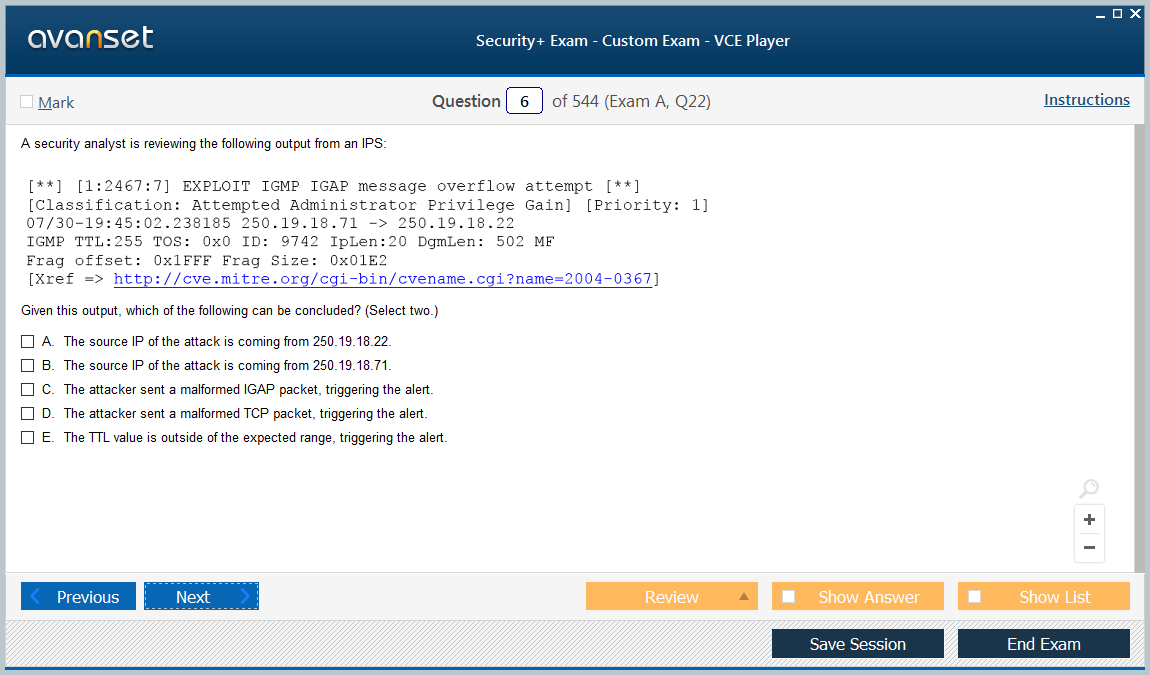 You can schedule your service online to avoid a long wait and take advantage of convenient evening and Saturday hours.
You can schedule your service online to avoid a long wait and take advantage of convenient evening and Saturday hours.
We employ only factory trained and certified Toyota technicians who will ensure that your new tires are mounted, balanced, and inflated to the exact specifications of your Toyota model.
Posted in Maintenance | No Comments »
From potholes to stray nails and screws, your tires can encounter a lot of hazards on the road. And when they become damaged or go flat, you might be wondering whether you should purchase a new set or get the tire repaired professionally.
Not every flat or punctured tire can be fixed, but there are other instances where you can get the tire — and your entire car — back on the road with a quick repair. Read on to learn what kind of tire damage can be repaired and when you should get a replacement.
Puncture location and severity of damage can often be the deciding factors between getting a tire repaired vs. replaced. If you've got a tire that's been punctured in the tread area and it doesn't measure more than 1/4 of an inch (6mm) in diameter, a simple repair may do the trick.
replaced. If you've got a tire that's been punctured in the tread area and it doesn't measure more than 1/4 of an inch (6mm) in diameter, a simple repair may do the trick.
If the tire has two punctures, getting a tire repaired may still be an option as long as the punctures are at least 16 inches apart and the maximum number of repairs does not exceed a total of 2 in the tire. Any more punctures than that, and you should consider getting a new tire. Punctured tires will likely need to be replaced if:
Durable run-flats, such as Bridgestone DriveGuard tires, can often buy you a little more time in a flat tire situation. But if driven on with less than 15PSI, they may not be repairable. To prevent this issue on run flats and otherwise, avoid driving your vehicle if you have a flat or are low on air.
If you notice a bubble in your tire's sidewall, this has likely been incurred by high-impact damage. Factors like driving on a flat, hitting a pothole or curb the wrong way, riding over speed bumps or railroad crossings too quickly, or overloading your tires can all lead to this issue. Although this tiny bulge may not seem intimidating, tires with side bubbles are not repairable, and you should have the tire replaced as soon as possible.
Repaired tires can often be mended again if the damage doesn't compromise a previously repaired area. For example, if you have a nail-in-tire situation, you may be able to do a quick repair if the puncture location doesn't overlap with a previous tire injury and the repair was done properly. If it does overlap, you will likely need a replacement.
Oftentimes, affected tires will need to be replaced following a major incident.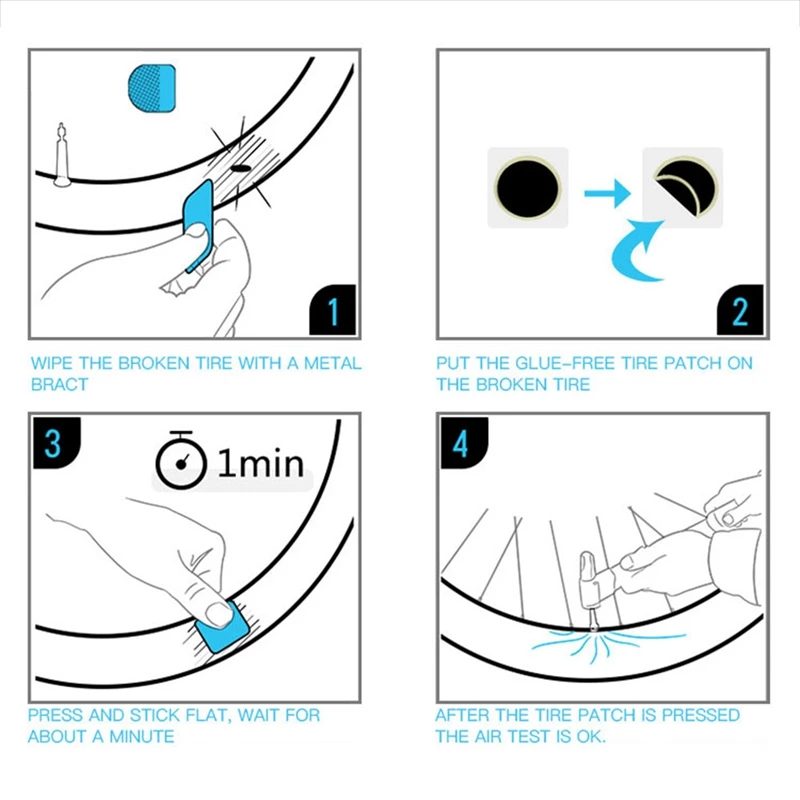 If the tire has sustained serious damage in a crash, such as significant cuts or tread separation, it should be replaced, not repaired.
If the tire has sustained serious damage in a crash, such as significant cuts or tread separation, it should be replaced, not repaired.
You might be tempted to do a quick fix when you do have a flat or damaged tire. Here are two that can be used in emergency or short-term situations but shouldn't be considered long-term tire repairs:
These fast fixes are a double-edged sword. They'll help you get your car to a local Firestone Complete Auto Care, but don't count on them to keep you on the road for very long. Tire sealants can freeze in cold weather, damage your tire pressure monitoring system, and prove ineffective at repairing any tire damage that's more serious than a slow leak or small hole. It's also important to note that our technicians will not be able to fix punctures in tires with emergency temporary sealants.
Again, these are quick fixes that aren't meant to enable long-term use of a punctured or damaged tire. When considering a flat tire patch or replacement, remember that a patch doesn't fill in the hole left by a puncture — while a plug doesn't offer a permanent seal. In short, patching or plugging alone are never adequate long-term solutions. That's why at Firestone, our technicians can use a patch-plug combo to provide an adequate long-term solution for some tire punctures.
When considering a flat tire patch or replacement, remember that a patch doesn't fill in the hole left by a puncture — while a plug doesn't offer a permanent seal. In short, patching or plugging alone are never adequate long-term solutions. That's why at Firestone, our technicians can use a patch-plug combo to provide an adequate long-term solution for some tire punctures.
To ensure your tire is safely repaired or replaced, it's best to have it inspected and serviced by a trained technician. Visit your local Firestone Complete Auto Care and ask about our tire repair services. Your safety is our priority, and we back all of our work with a triple promise that guarantees your repair will be Fixed Right, Priced Right, Right on time.
Now that you know when to repair vs. replace a car tire, schedule your appointment today!
It is not uncommon to see car rubber residues on the roads, most often a truck tire. These are the consequences of a car wheel explosion. An unpleasant phenomenon that can lead to loss of control of the car and the creation of an emergency. A truck tire explosion is especially dangerous for other road users, given the heavy weight and dimensions of the dump truck.
These are the consequences of a car wheel explosion. An unpleasant phenomenon that can lead to loss of control of the car and the creation of an emergency. A truck tire explosion is especially dangerous for other road users, given the heavy weight and dimensions of the dump truck.
An inexperienced driver may not be able to drive at high speed with a broken tire. Therefore, it is necessary to strive to avoid problems in motion. To do this, it is important to identify and eliminate problems in a timely manner. nine0003
In addition, tire failure can occur in motion from hitting bumps in the roadway or a foreign object lying on the road. In this situation, it all depends on the attentiveness of the driver of the car. Speed also affects - the higher it is, the more difficult it is to notice and, moreover, to go around an obstacle. In any case, you need to be aware of the possible problem and understand the solutions.
It is worth noting that in fact there is not an explosion in the usual sense of the word, but a sharp loss of pressure. Moreover, this can happen with any type of car tires, including tubeless ones, which have recently been popular with many motorists. nine0003
Moreover, this can happen with any type of car tires, including tubeless ones, which have recently been popular with many motorists. nine0003
A car tire cannot explode just like that, there must be reasons preceding the explosion. The main ones are:

An under-inflated wheel bursts due to overheating - the contact patch with the road surface increases, heating occurs faster. An over-inflated tire can burst when hit by any sharp object. nine0003
There are also other reasons that lead to the fact that tires literally explode on the go. One of them is exceeding the maximum speed limit set by the manufacturer for a particular model or series. The limit is indicated on the sidewall of the wheel and in no case should it be exceeded, as this is fraught with serious problems. Another indicator, the excess of which leads to the fact that the tire may burst - the load index. This is especially true for trucks.
If there is an explosion or you find a puncture in advance, you need to purchase a new tire and put it on the car. In the event of an explosion in the direction of travel, it is necessary to take a set of measures:

If you don't have a stowage or spare tire, you should try to repair the puncture (assuming there was no explosion, but you know about the damage). To do this, you can use a rubber band or sealant. nine0003
Winter Drive protection
Tires Goodyear UltraGrip Arctic 2 SUV
Winter Drive Protection Sound Comfort
Rating:
4.5
Tires Goodyear UltraGrip Ice 2
Winter Drive protection
Tires Goodyear UltraGrip Performance+ SUV
Winter Drive protection
Tires Goodyear UltraGrip Arctic 2
Winter Drive Protection Run On Flat Sound Comfort
nine0002 Tires Goodyear UltraGrip Performance+ Cracks in rubber are not new to car owners. Often they are found during the transition from one season of operation to another and a planned replacement of wheels. The main reasons for the appearance:
Often they are found during the transition from one season of operation to another and a planned replacement of wheels. The main reasons for the appearance:
A cracked wheel can be dangerous for further use.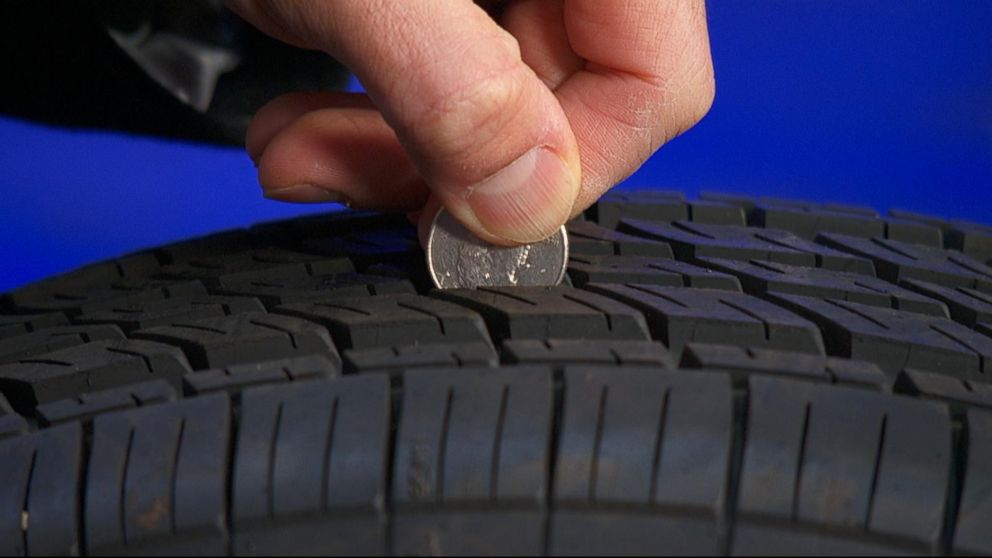 At the same time, its size and possible consequences should be assessed. Depending on the nature of the cracks, there are:
At the same time, its size and possible consequences should be assessed. Depending on the nature of the cracks, there are:
In the first case, the wheel may not burst while driving, if the speed limit is not more than 80 km/h. Sharp maneuvers, starts with sharp acceleration, emergency braking are also contraindicated. Do not tempt fate and practice aggressive driving. If these rules are not followed, the tire may not withstand the load and explode.
Deep damage indicates complete failure. It is strictly forbidden to use a product with such cracks, it must be replaced with a new one. Otherwise, there is a risk that the tire will burst on the go. Dirt, water, chemicals used in winter to remove ice on the road can get into the crack. All this will speed up the process of its destruction. nine0003
Regardless of the size and depth of the crack, damaged tires will have to be replaced with new ones. Long-term operation is not allowed. Moreover, under the influence of external factors (water, temperature differences, dust and dirt), cracks will only increase, and the wheel will collapse.
Long-term operation is not allowed. Moreover, under the influence of external factors (water, temperature differences, dust and dirt), cracks will only increase, and the wheel will collapse.
A hernia is no less an unpleasant problem than a fissure. This is a swollen bump on the lateral surface (external or internal). The phenomenon is also very dangerous and can lead to an explosion. Although you can often see cars with wheels that show a hernia. nine0003
A hernia can be repaired but should not be done. Sooner or later she will appear again. It is best to change the tire and not save on your own safety. Theoretically, you can put a patch, while you will not restore the rigidity, you will break the weight and balance. It is better to buy new wheels, having analyzed the causes of the hernia, in order to prevent this in the future. nine0003
In order to avoid bursting a tire on a car, a set of measures must be taken. First of all, it is recommended:
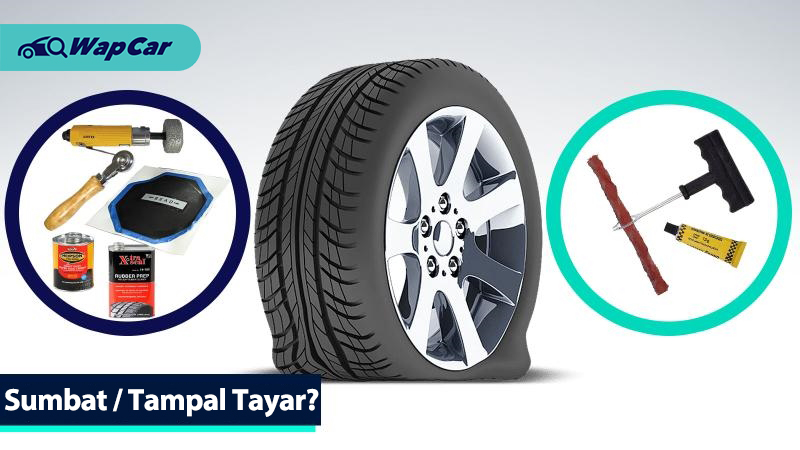 A hernia or deep cuts, cracks signal a possible puncture or even an explosion.
A hernia or deep cuts, cracks signal a possible puncture or even an explosion. The specified set of measures and common sense will help you avoid unforeseen situations on the road in the form of a burst tire. The main thing is to understand why tires explode, and not to allow it to happen. nine0003
Written by: Goodyear Team
Author: Kirill Savchenko
“Chief, you've got ten minutes of work to do, the hole is nothing! Well, come up with something . .. ”Every tire fitter has probably heard such words. Alas, not all tire damage can be repaired ...
.. ”Every tire fitter has probably heard such words. Alas, not all tire damage can be repaired ...
But the situation can be reversed. A wheel pierced by protruding reinforcement may be repairable, while a small cut will write off the tire for scrap. Experienced tire fitters believe that it all depends on the point of damage and the object that caused it.
Most often, drivers encounter punctures in the tread area of a tire. It is not always possible to detect it immediately. If in the days of tires and chambers the wheel lost pressure at the slightest puncture, then tubeless tires are much more reliable in this regard. A nail or self-tapping screw usually closes the puncture site, preventing air from escaping quickly. nine0003
With such a “plug”, you can sometimes drive for months. The tire can lose pressure minimally without arousing suspicion. At the same time, an attempt to pull out a noticed nail on the way is likely to turn into a problem. In this case, the only recommendation is to pull out a foreign object only in a tire shop and repair the wheel.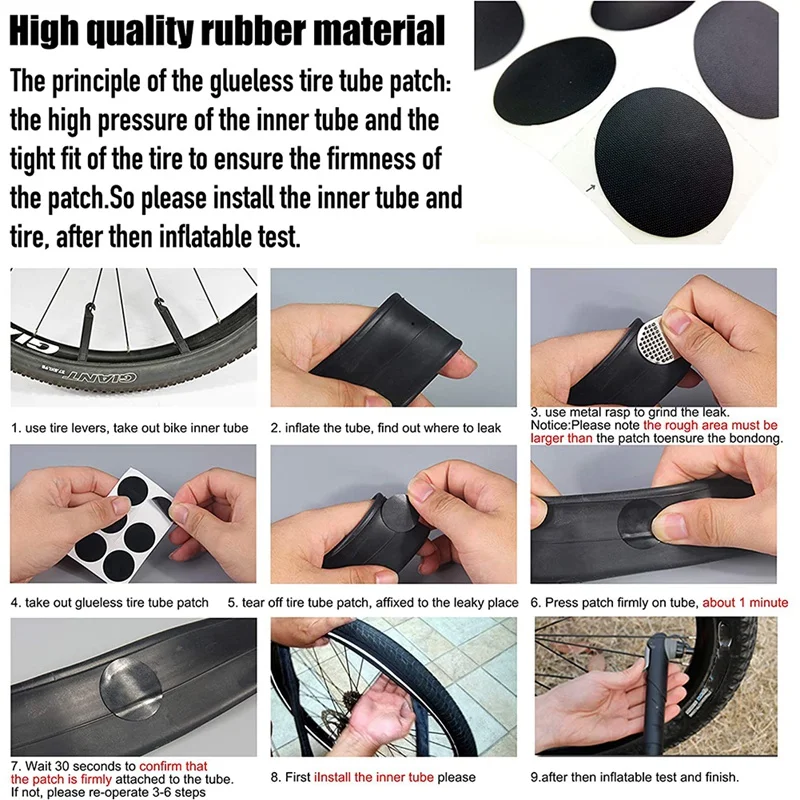
In most cases, tread punctures are sealed either with special harnesses (some for temporary use, some for permanent use) or patches from the inside of the tire. Even damage caused by massive pins can be repaired. The main thing is that a piece of the tire along with the cord is not torn out. nine0003
In the latter case, the hole is filled with raw rubber, vulcanized, and a special cord patch is placed on the inside. But this will only be a temporary measure. In addition, such repairs are not cheap, and purchasing a new tire can be both more profitable and safer.
In addition to the plaster, cord “fungi” are also used. Lubricated with glue, the “fungus” is inserted into the puncture from the inside of the tire, then the excess part of the “leg” is cut off from the outside.
On the other hand, a cord patch can seriously help with side cuts. And car owners meet with them quite often. But here there are several nuances. In a roadside tire shop, the cut will most likely not heal.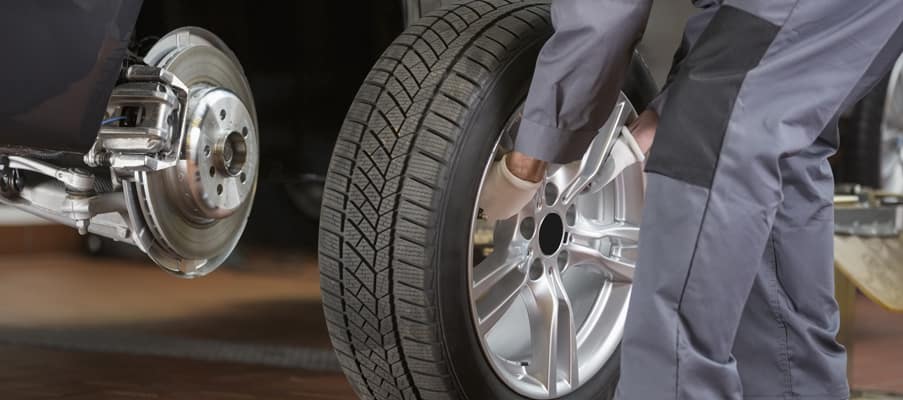 You need to contact a company with specialized equipment, primarily vulcanization. nine0003
You need to contact a company with specialized equipment, primarily vulcanization. nine0003
And one vulcanizer is indispensable here. Cord patches should be with a certain number of layers, designed for strictly defined damage sites and of a suitable size. And again we are talking about the nuances.
If the cut is in the shoulder area of the tire, then it is most often impossible to repair it qualitatively. The tire fitter who offered such a service is at great risk, even if he claims that he will weave a piece of new cord with his hands and vulcanize it. There are no miracles in this situation, but in any case, the last word belongs to an experienced specialist. nine0003
Side cuts on low profile tires with a tread height of less than 50% of the width are poorly treated. That is why, in the case of using a car on roads with a possibility of tire damage, it is better to put those that are higher. They are much easier and cheaper to repair.
By the way, an injury that looks like a cut at first glance may not be one.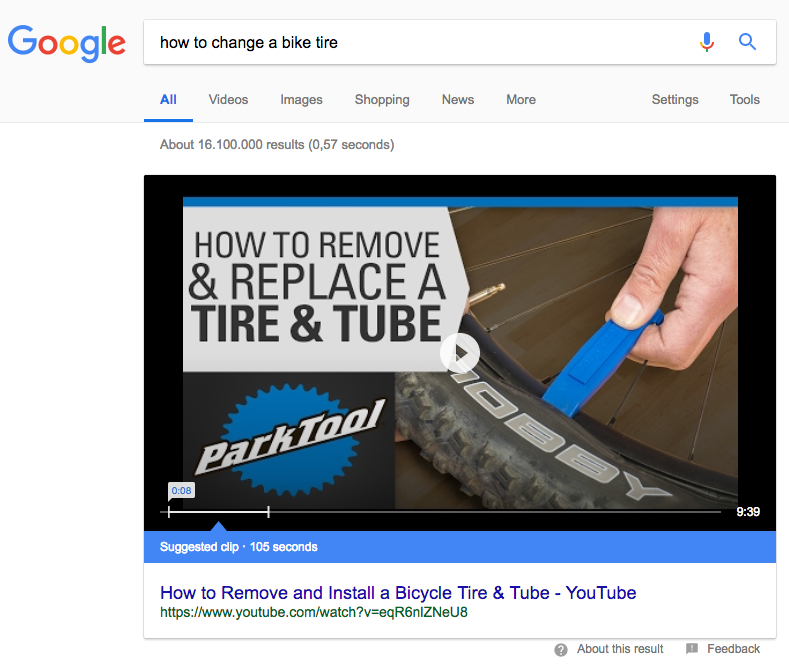 If the sidewall of the wheel catches on something sharp, and a tear forms on the tire without damaging the cord, then this is called a pinch. It does not carry momentary danger and does not require any complex repairs. nine0003
If the sidewall of the wheel catches on something sharp, and a tear forms on the tire without damaging the cord, then this is called a pinch. It does not carry momentary danger and does not require any complex repairs. nine0003
However, if a piece of rubber remains, then it is glued with ordinary superglue. If not, you will need raw rubber and a vulcanizer. It is impossible to leave the cord bare: under the influence of moisture, it can collapse, which will lead to the complete loss of the tire.
One of the most common and fatal tire defects is swelling or simply "herniation". Despite the absence of open damage to the rubber, such a wheel will be scrapped ahead of schedule. The fact is that when the sidewall is hit, the threads of the tire carcass break. Even if the swelling is very small, sooner or later the bump grows in size, and this is already fraught with an explosion of the wheel at speed. nine0003
However, some hernias can be repaired, but this is again a temporary measure. Masters can put cord patches even in the tread area. But only on condition that the distance from the sidewall to the swelling is more than 40 mm. If less, the tire is not subject to further operation. By the way, on low-profile tires, hernias, for the most part, are not repairable - both on the tread and on the sidewalls.
One of the major tire problems is caused by unprofessional repairs. Moreover, the owner most often does not know about it. We are talking about damage to the bead ring, as a result of which the tire does not initially hold the specified pressure. nine0003
Eventually the bead ring begins to push out of the rim. At high speed or under heavy load, such a wheel can be disassembled, which again threatens the car with a loss of control.
This damage can be repaired provided that the wire ring or base is not damaged. Special technologies for such repairs are not provided, but experienced craftsmen use the so-called "cold" or chemical vulcanization using a two-component sealant. The resulting mass covers places where there is no rubber on the bead ring. The main condition is to wait three days before mounting the tire on the disc. nine0003
The resulting mass covers places where there is no rubber on the bead ring. The main condition is to wait three days before mounting the tire on the disc. nine0003
As for Run Flat tires, according to the instructions of most manufacturers, they cannot be repaired. In extreme cases, you can use a bottle of special pressurized sealant that comes as a repair kit.
Comment of the expert of the company "SHINSERVICE":
Alexander Golubev
expert "SHINSERVICE"
First of all, we recall that most tire manufacturers do not recognize handicraft tire repair. It is considered a sign of external influence and changes in the design of the tire. Such a tire automatically voids the warranty. This does not happen if tire repairs are carried out in specialized, authorized tire brands services. Note that almost all major tire brands give their own extended warranty, according to which in most cases the repair is free, at a discount, or the product is generally replaced with a similar one, depending on the conditions of the program.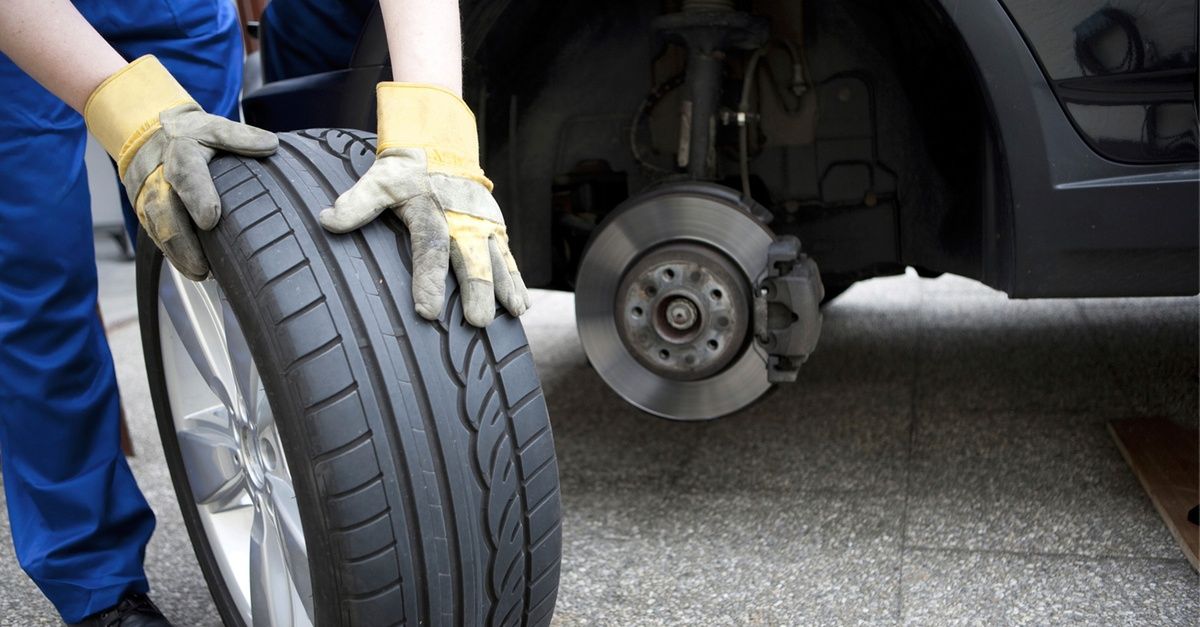 nine0003
nine0003
Based on our experience, we can say that in most cases damage in the bead area and in the shoulder area is not repairable.
I would also like to draw your attention to the fact that most low-profile tires have high speed indexes (V and above), and even after professional repair they will not be able to operate in the same modes without restrictions. Therefore, we strongly recommend changing the tire in all cases, except for tread punctures.
practice tires and wheels
Articles / Used cars 5 reasons to buy and not to buy Kia Cerato III (YD) A rather large, but inexpensive sedan in Russia could not fail to please buyers. And I liked Cerato. Cars of the third generation appeared in 2013, and every year sales only grew ... 22292 one 25. 12.2022
Articles / Auto and technology Kilometers of roads, tons of oil, liters of oil: bloggers Alexey Zhirukhin and Sergey Lysenko completed their trip along the “oil route” Alexey Zhirukhin and Sergey Lysenko returned to Moscow after completing a fourteen-day tour of 12,000 km, going all the way from the well to the consumer. Today - w... 497 0 0 23.12.2022
Articles / Interesting What to do if after buying a car there is a ban on registration or pledge One of the most unpleasant situations when buying a used car is when the new owner comes to the traffic police for re-registration and finds out that the car has been banned from registering ... nine79 0 one 23. 12.2022
Test drives / Test drive Haval Dargo vs Mitsubishi Outlander: the dog is barking, the stranger is coming In the Haval dealership in the south of Moscow, life is in full swing: buyers look at cars, communicate with managers and sign some papers. While I was waiting for the test Dargo, the same cross... nineteen780 7 205 09/13/2022
Test drives / Test drive Motor from Mercedes, emblem from Renault, assembly from Dacia: test drive of the European Logan 1.0 It would seem that what's new can be told about the second generation Renault Logan, known to every Russian taxi driver, as they say, up and down? However, this car has.